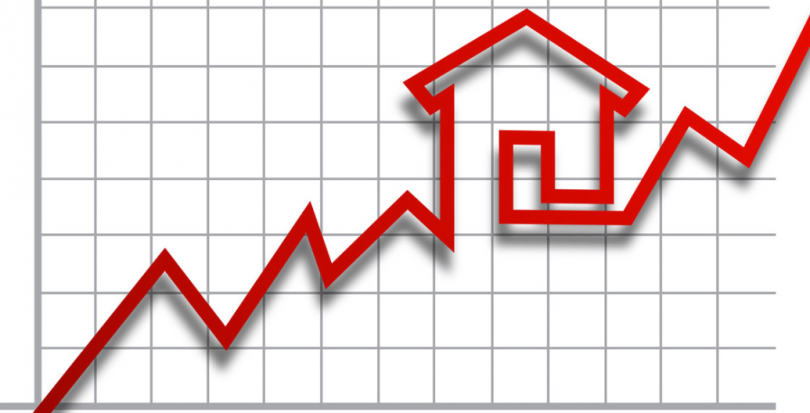Where will housing be in 2020? According to the latest Metrostudy predictions, if all continues on its current track, construction costs could continue to increase, and mortgage rates could reel in.
While rates have increased in the last six months, impacting affordability, the rise is not significant according to historical trends, says Mark Bound, chief economist and senior vice president at Metrostudy, a provider of primary and secondary market information to the housing and residential construction industries. In the long term, Boud predicts mortgage interest rates will top out at 5.8 percent in 2020 and 2021, eventually being pulled down by slower economic growth—and because of tighter lending practices, the market environment will not become as dire as the last housing bubble.
As for inventory, it is significantly under-supplied, while homes are increasingly overvalued; however, the risk of a price collapse is small due to the tight market, and Boud expects the cycle of under-supply to plateau in 2020. The lack of new inventory is, in part, in response to trade increases, as many of the imposed tariffs—specifically the 20-plus percent tariff on lumber imports, and 10 and 25 percent tariffs on aluminum and steel imports, respectively—directly impact construction efforts.
These factors could lead to an increase in overall construction timelines, as well as an increase in construction costs by at least $2,000 per house, according to Boud. More homes in the upper price ranges are being built, while inventory under $400,000 is lower, in some cases. Overall, the national market is becoming top-heavy, which typically only occurs where land is more expensive, such as in California, Boud says.
Remodeling activity continues to rise in response to homeowners staying in their homes for longer, as well as the continuing trend toward purchasing existing homes, which triggers renovations. According to Boud, this is most common in coastal markets, or markets that have high appreciation rates, such as Texas.
Something to watch? Inflation. Boud says inflationary pressures are slowly building—inflation rose from 2.4 percent in March to 2.9 percent in August—but in a few years, the national debt could slow economic growth, which, in turn, could slow down rising interest rates.
Another concern? The current downward trend of the 2-10 Treasury yield spread, which could see negative figures in about a year, may be a sign that a recession is in the cards.
However, the current economy is healthy, Boud says. In the past 12 months, 2.4 million jobs have been generated, increasing demand for housing and pushing the unemployment rate down. Additionally, housing starts are fairly stable, forecasted to be 1.28 million in 2018, and increasing to 1.33 million in 2019 and 1.345 million in 2020, before plateauing.




